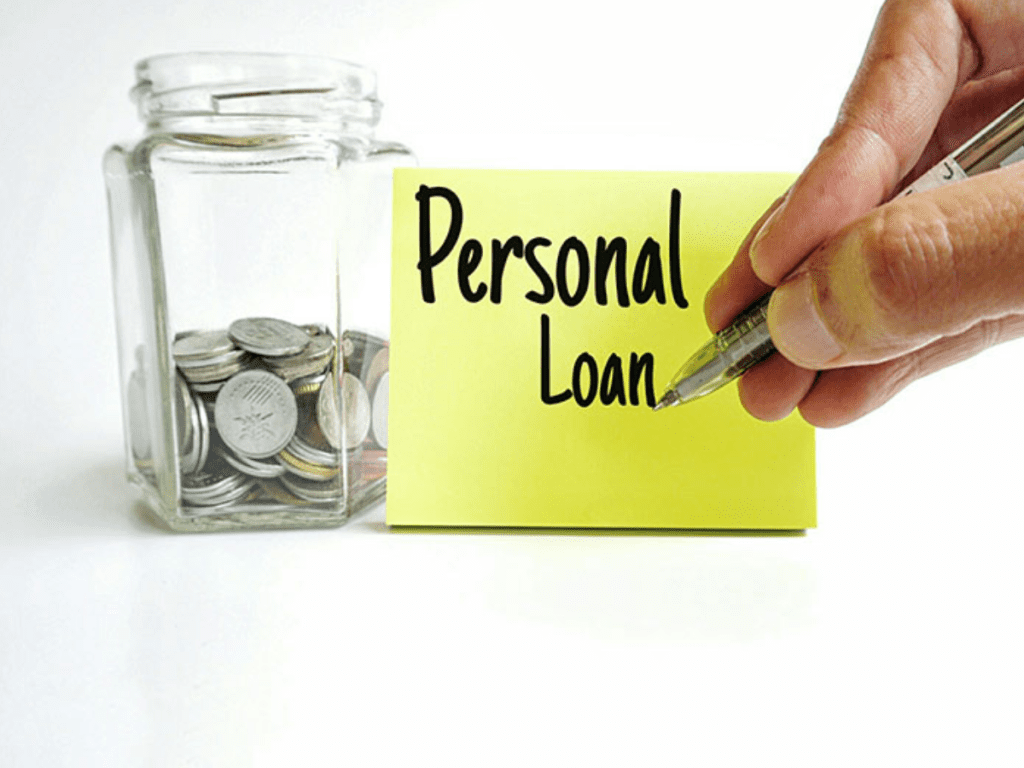Introduction
Home improvements are one of the best ways to increase the value of your property, enhance your living space, and make your home more comfortable. Whether you’re updating a single room or undertaking a large renovation project, financing these improvements is often necessary. For many homeowners, personal loans provide a straightforward and flexible option to cover the costs. But how do you determine whether a personal loan is the right choice for your home improvement project, and what are the factors you need to consider before taking one out?
In this guide, we will explore how personal loans can be used for home improvements, the pros and cons of using a personal loan for such projects, and important factors to keep in mind when deciding if this financing option is suitable for your needs.
What is a Personal Loan?
A personal loan is an unsecured loan that is typically issued by banks, credit unions, or online lenders. Unlike a mortgage or home equity loan, personal loans do not require you to use your home as collateral. This makes them a good choice for those who may not have enough equity in their home or do not want to risk putting their home up for collateral.
Personal loans are usually offered with fixed interest rates and a set repayment term, typically ranging from 2 to 7 years. The amount you can borrow will depend on your creditworthiness and the lender’s policies. In general, personal loans can range from $1,000 to $50,000 or more, with varying terms and interest rates.
Why Use a Personal Loan for Home Improvements?
There are several reasons why homeowners choose to use personal loans to fund their home improvement projects. These include:
- No Collateral Required: Since personal loans are unsecured, you don’t have to worry about putting your home or other assets on the line. This can be a relief for many borrowers who don’t want to risk losing their property if they face financial difficulties in the future.
- Quick Access to Funds: Personal loans can often be approved and funded quickly. Depending on the lender, you may receive your loan within a few days or even within the same day. This makes personal loans an attractive option for homeowners who need funds quickly to complete time-sensitive projects.
- Fixed Rates and Payments: With a personal loan, you typically have a fixed interest rate and a set repayment schedule. This means you will know exactly how much you need to pay each month, and the total amount you will owe over the life of the loan. This can help with budgeting and planning for home improvement projects.
- Flexibility: Personal loans can be used for almost any purpose, including home improvements. You have the freedom to use the funds however you see fit, whether you’re renovating your kitchen, adding a new room, or installing a new roof.
- No Equity Needed: Unlike home equity loans or lines of credit, you don’t need to have equity in your home to qualify for a personal loan. This can be beneficial for first-time homeowners or those who haven’t yet built up substantial equity.
Types of Home Improvement Projects Funded by Personal Loans
Personal loans can be used for a wide variety of home improvement projects. Some common projects that homeowners use personal loans for include:
- Kitchen Renovations: Updating your kitchen can increase the functionality and value of your home. Whether it’s installing new cabinets, countertops, or appliances, a personal loan can help cover these expenses.
- Bathroom Upgrades: A bathroom remodel can make your home more comfortable and attractive. Common updates include new fixtures, tile work, and improved lighting.
- Home Repairs: Unexpected home repairs, such as fixing a leaky roof or replacing a broken HVAC system, can be costly. A personal loan can provide the funds needed to address these urgent issues.
- Home Additions: Adding a new room or expanding your living space can improve both the value and the livability of your home. This might include adding a new bedroom, bathroom, or even a home office.
- Energy-Efficient Upgrades: Installing energy-efficient windows, insulation, or solar panels can lower utility bills and increase the overall sustainability of your home. Personal loans can be used to finance these types of improvements.
- Landscaping and Exterior Projects: Improvements to the exterior of your home, such as building a new deck, replacing siding, or creating a landscaped garden, can enhance curb appeal and property value.
Pros and Cons of Using a Personal Loan for Home Improvements
Before deciding to use a personal loan for home improvements, it’s essential to weigh the advantages and disadvantages.
Pros:
- No Home Equity Required: Since personal loans are unsecured, you don’t need to have equity in your home to qualify for one. This can be a significant advantage if you’ve recently purchased your home or don’t have much equity built up.
- Fixed Interest Rates: With a personal loan, your interest rate will remain the same throughout the life of the loan. This can provide predictability when it comes to monthly payments.
- Fast Approval and Disbursement: Personal loans often have faster approval times compared to home equity loans or lines of credit. If you need funds quickly, personal loans are a good option.
- Lower Interest Rates than Credit Cards: Personal loans tend to have lower interest rates than credit cards, making them a more affordable option for financing home improvements.
Cons:
- Higher Interest Rates than Secured Loans: While personal loans typically have lower interest rates than credit cards, they may have higher rates compared to secured loans like home equity loans or home equity lines of credit (HELOCs).
- Loan Limits: The amount you can borrow with a personal loan may not be enough to cover larger home improvement projects. If your project requires a significant amount of funding, you may need to explore other financing options.
- Shorter Repayment Terms: Personal loans typically have shorter repayment periods compared to home equity loans. This means higher monthly payments, which could strain your budget if you’re not prepared for it.
- Risk of Debt: Like any loan, there’s a risk that you may struggle to repay the debt if your financial situation changes. It’s essential to carefully assess your ability to repay the loan before proceeding.
How to Qualify for a Personal Loan for Home Improvements
To qualify for a personal loan, lenders typically evaluate your creditworthiness, which includes your credit score, income, debt-to-income ratio, and employment history. Here’s what you need to know about each factor:
- Credit Score: Your credit score is one of the most important factors in determining whether you qualify for a personal loan and the interest rate you’ll receive. Generally, a higher credit score (700 or above) will help you secure a better rate. If your score is lower, you may still be able to qualify, but the interest rate may be higher.
- Income: Lenders want to ensure that you have a steady income to repay the loan. Your income, along with your employment history, will help the lender determine whether you can comfortably afford the loan payments.
- Debt-to-Income Ratio: This ratio compares your monthly debt payments to your monthly income. A lower ratio indicates that you have more disposable income and are less of a risk to lenders. A debt-to-income ratio below 36% is generally considered favorable.
- Loan Amount and Term: The amount you borrow and the term of the loan will also impact your qualification. Lenders will evaluate whether the loan amount aligns with your financial situation and whether the loan term fits within your ability to repay.
Steps to Take When Applying for a Personal Loan for Home Improvements
- Assess Your Home Improvement Needs: Before applying for a loan, determine how much money you need for your project. Get quotes from contractors or suppliers to understand the full cost of the project.
- Check Your Credit Score: Obtain a copy of your credit report and check your credit score. If your score is lower than you expected, take steps to improve it before applying for the loan.
- Compare Lenders: Shop around to compare personal loan offers from different lenders. Look for the best interest rates, loan terms, and fees. Consider both traditional banks and online lenders.
- Submit Your Application: Once you’ve chosen a lender, submit your application. Be prepared to provide documentation such as proof of income, identification, and details about your home improvement project.
- Review Loan Terms: Carefully review the loan agreement before signing. Make sure you understand the interest rate, fees, repayment schedule, and any prepayment penalties.
Final Thoughts
Using a personal loan for home improvements can be a smart way to fund your renovation projects, especially if you don’t want to use your home as collateral or don’t have sufficient equity in your property. However, it’s important to carefully evaluate your financial situation, project costs, and loan terms before proceeding. By doing your research and planning accordingly, you can make the most of this financing option and achieve the home improvements you’ve always wanted.

